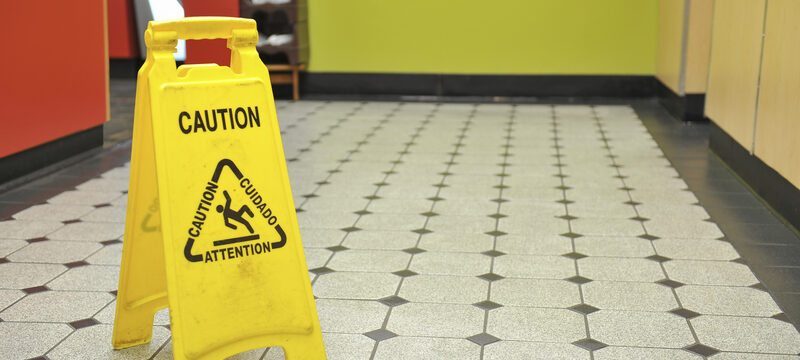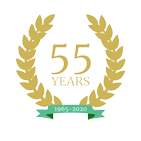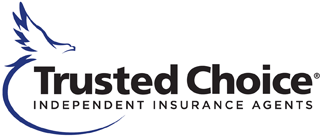In the world of customer-facing businesses, ensuring a safe and welcoming environment for both customers and employees is paramount. However, there are common hazards that can lurk within these establishments, posing risks to everyone involved. Here are three prevalent hazards often encountered in customer-facing businesses and discuss strategies for mitigating them.
Tripping Hazards
Tripping hazards are a frequent cause of accidents in customer-facing businesses. These hazards can take many forms, from uneven flooring and loose carpeting to cluttered walkways and protruding objects. In busy commercial spaces, it’s easy for such hazards to go unnoticed, increasing the risk of accidents and injuries. To mitigate tripping hazards, business owners should conduct regular inspections of their premises. Look for any damaged or uneven flooring, loose tiles, or frayed carpets, and address these issues promptly. Keep walkways clear of clutter, including boxes, cables, and equipment, to ensure unobstructed paths for customers and employees. Installing handrails on staircases and ramps and providing proper lighting in dimly lit areas can also enhance safety. Additionally, training employees to promptly identify and address tripping hazards can play a crucial role in accident prevention.
Slipping Hazards
Slipping hazards can lead to painful and sometimes severe injuries, making them a significant concern for customer-facing businesses. These hazards often arise from wet or slippery surfaces, such as freshly cleaned floors or spilled liquids. In such cases, a simple misstep can result in a serious accident. Wet floor signs help reduce the likelihood someone will slip. Whenever floors are wet or being cleaned, place these signs in highly visible areas to warn customers and employees. Promptly clean up spills and thoroughly dry any wet surfaces to prevent accidents. In areas where water is frequently present, such as restrooms and kitchens, consider using slip-resistant flooring materials. Furthermore, providing slip-resistant footwear for employees who work in areas prone to wet conditions can offer an additional layer of protection.
Sanitary Hazards
Maintaining a clean and sanitary environment is vital for customer-facing businesses, especially those in the food service industry. Sanitary hazards, such as improper food handling, inadequate handwashing facilities, and unsanitary restroom conditions, can not only harm customers’ health but also tarnish a business’s reputation. To mitigate sanitary hazards, businesses should adhere to strict hygiene protocols. Ensure that employees handling food receive proper training on safe food preparation and handling practices. Implement a regular cleaning and sanitizing schedule for all areas, with a focus on high-touch surfaces and food preparation areas. Restroom facilities should be well-maintained and equipped with soap, hand sanitizers, and paper towels. Display clear signage reminding employees and customers of proper handwashing procedures. Regular inspections and audits can help identify and rectify any sanitation issues promptly.
Customer-facing businesses must prioritize safety and hygiene to create a welcoming and secure environment for all. By proactively addressing tripping hazards, slipping hazards, and sanitary hazards, businesses can reduce the risk of accidents and protect their customers and employees while maintaining a positive reputation in the eyes of their clientele.
Did You Enjoy Reading This Article? Here’s More to Read: How to Choose a Destin Flood Insurance Provider
LEGAL DISCLAIMER
Views expressed here do not constitute legal advice. The information contained herein is for general guidance of matter only and not for the purpose of providing legal advice. Discussion of insurance policy language is descriptive only. Every policy has different policy language. Coverage afforded under any insurance policy issued is subject to individual policy terms and conditions. Please refer to your policy for the actual language.




